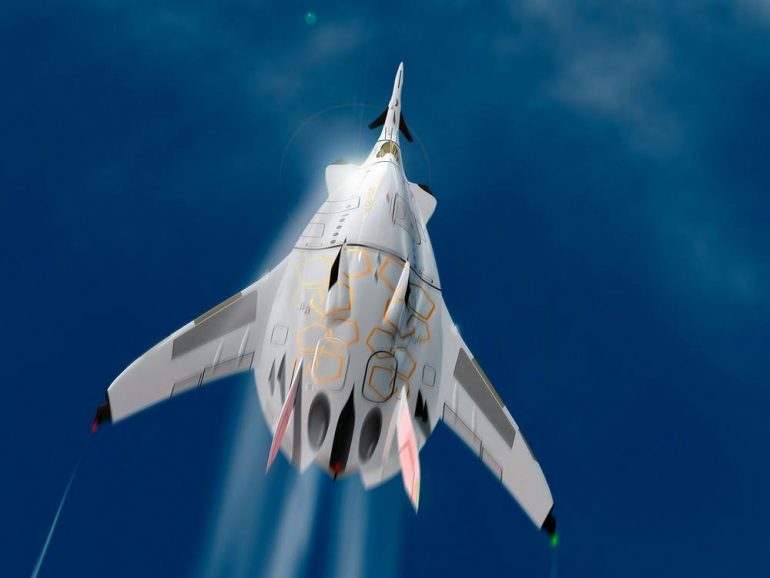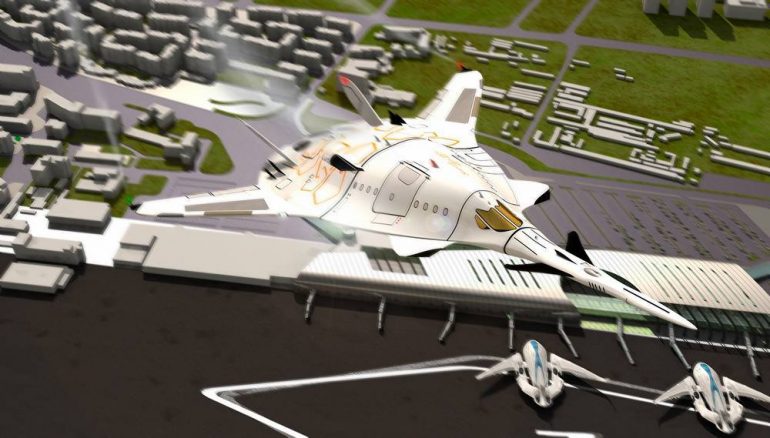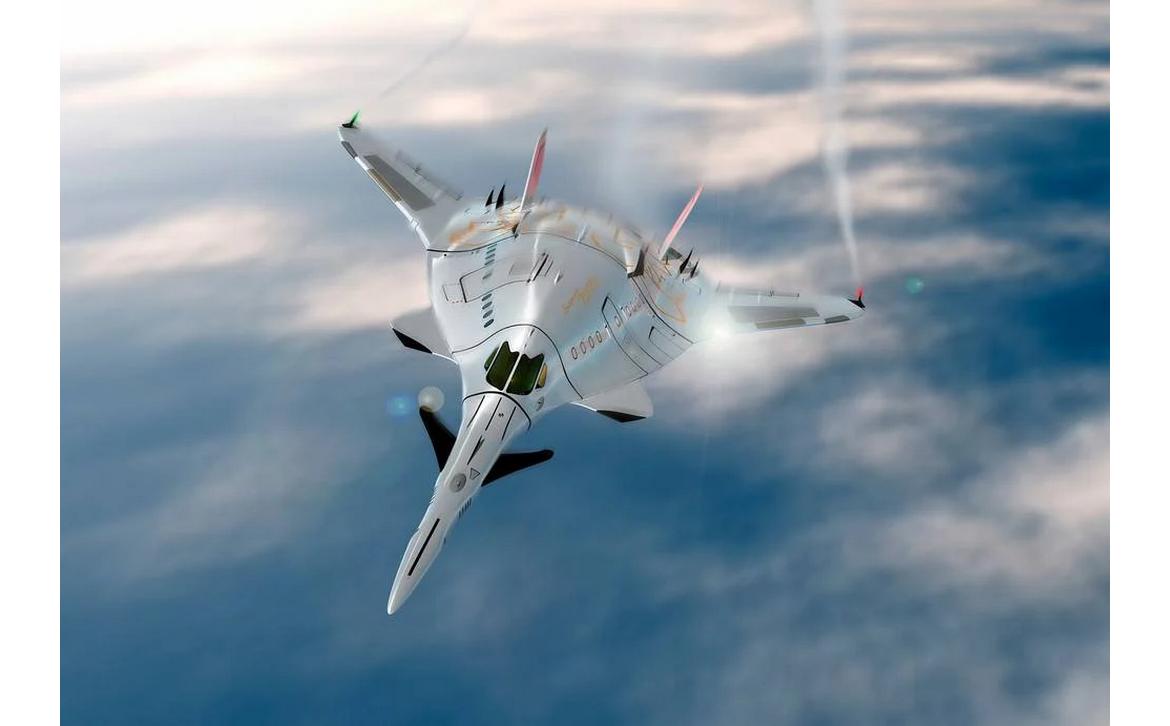There has been a lot of activity around reviving supersonic travel lately with many companies across the globe jumping into the race to create airplanes that could travel at great speeds. There are some projects that are working on hypersonic aircraft that can travel at Mach 5 and beyond. However, to fly at 5 times the speed of sound is a lot more challenging, thanks to a lot of limitations. One of them is an engine that can propel an aircraft to hypersonic speeds without creating a devastating sonic boom. A team of scientists at the University of Central Florida developed a new propulsion system that harnesses the energy released by an endless stream of detonations in a controlled manner. The new technology can prove to be groundbreaking in hypersonic travel by enabling airplanes powered by the engine to reach speeds up to Mach 17.

Detonations can create huge amounts of energy. The devastating incident that happened in Beirut, Lebanon last year was a detonation that even destroyed buildings several miles away. But scientists have been trying for decades to harness the energy discharged by a detonation. The most difficult aspect is to control a detonation that generally lasts for a few microseconds. However, the team from the University of Central Florida has successfully created an experimental setup that demonstrated sustained detonation for almost three seconds. “The discovery of stabilizing a detonation—the most powerful form of intense reaction and energy release—has the potential to revolutionize hypersonic propulsion and energy systems,” said Kareem Ahmed, an associate professor in UCF’s Department of Mechanical and Aerospace Engineering.

The experimental setup made by Ahmed and his team members has a 2.5-foot-long series of chambers that mixes and heats air and hydrogen gas, which is funneled towards a 30-degree angle ramp creating a sustained detonation. This kind of propulsion system is called an oblique detonation wave engine (ODWE). The efficiency of an ODWE engine is also very high, with as much as 100% of the fuel getting burned for thrust. What this means is the aircraft with this engine will require much less fuel, which will significantly cut down weight. The application of an ODWE engine also goes beyond hypersonic travel. Scientists believe it can also power rockets for space missions as these engines can create enough thrust to take them to orbit.
(Images used for representation only)
[Via – Livescience]

